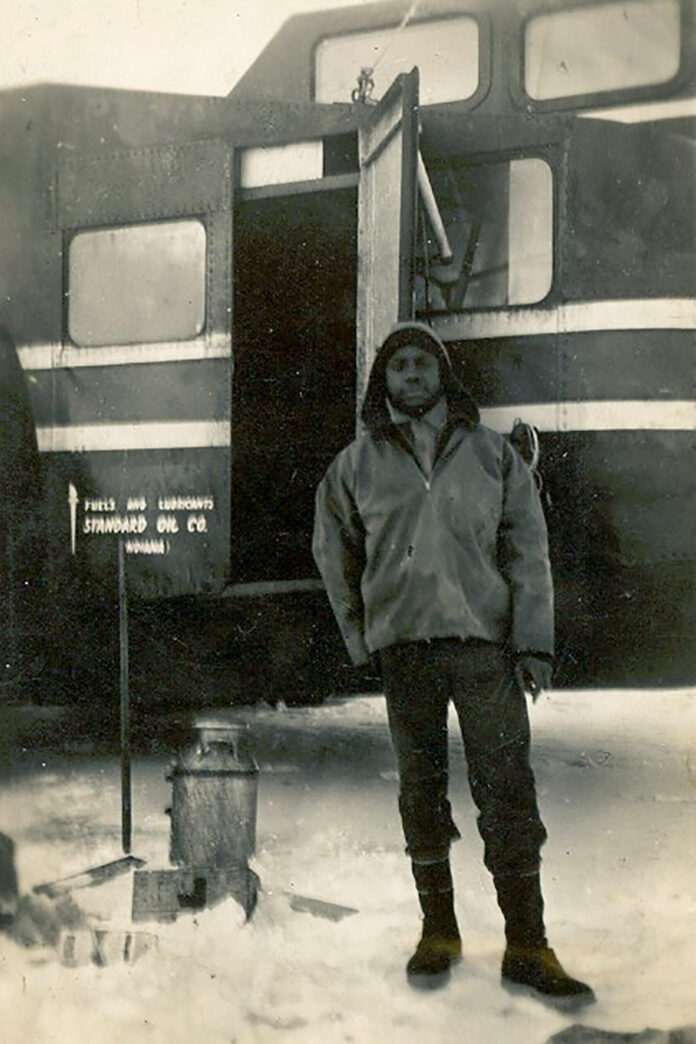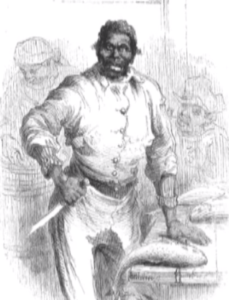
Today in Black History: November 7th
1841 – The Creole Case Slave Revolt

The Creole Case resulted from a slave revolt on the Creole in November 1841, leading to the liberation of 128 enslaved people in the Bahamas, marking it as the most successful slave revolt in U.S. history. The Creole, owned by Johnson and Eperson Company, was transporting 135 enslaved individuals from Richmond to New Orleans when the revolt occurred. Madison Washington, an escaped enslaved man seeking his wife, led the rebellion on November 7, 1841, alongside eighteen others. They overpowered the crew, killing slave trader John R. Hewell.
After taking control of the ship, the rebels initially demanded to sail to Liberia but were redirected to the British West Indies after learning of other enslaved people gaining freedom. Upon reaching Nassau, local Bahamians informed the rebels they were free under British law. Although Washington and several others were charged with mutiny, the Admiralty Court ultimately ordered their release, securing freedom for 128 enslaved individuals.
1916 – George W. Gibbs, Jr. Is Born

George W. Gibbs, Jr. was the first person of African descent to set foot on Antarctica, as well as a civil rights leader and a World War II Navy gunner. Born on November 7, 1916, in Jacksonville, Florida, he later moved to Brooklyn, New York, where he attended Brooklyn Technical School and served in the Civilian Conservation Corps during the 1930s. Gibbs joined Admiral Richard Byrd’s third expedition to Antarctica from 1939 to 1941, sailing on the USS Bear. On January 14, 1941, he became the first person off the ship to set foot on the continent.
During World War II, Gibbs served as a naval gunner and continued in the Navy for 24 years before retiring in 1959. He later graduated from the University of Minnesota and worked for IBM. Active in civil rights, Gibbs helped organize the Rochester NAACP chapter and broke the color barrier at the local Elks Club. He passed away on his 84th birthday, November 7, 2000.

